[CN: War, starvation, genocide]
The legacy of WWII is a much bigger deal in the former Soviet Union than can be imagined in many other countries. The Victory Day celebrations of May 9th are a major international event in Moscow (although this year’s 70th anniversary was poorly attended by representatives because of the situation in Ukraine) that reverberate in the media and private consciousness. In comparison, there’s little commemoration in (say) Australia that’s specifically dedicated to WWII. The former Soviet republics’ strong focus is understandable. WWII caused about 26 million deaths in the USSR, or about 14% of the total population, with around half (or more) being civilians. It’s still embedded in public consciousness; to tens of millions the war is a recent event.
Based on this difference, I’d bet most non-Russian-speaking readers wouldn’t know much about the blockade of Leningrad (today’s St Petersburg). In the Russian world, it is considered one of the most significant episodes of the war, on par with or exceeding the Battle of Stalingrad, and certainly more important than D-Day is considered in the West. It one of the biggest symbols of the unspeakable sufferings of civilians due to the Nazis, as well as the civilians’ resilience, heroism and all those other nice, patriotic/nationalistic adjectives.
Even the basic facts make it easy to see why (and the Wikipedia article is pretty extensive if you want to get started reading more). To understand Leningrad/St Petersburg’s strategic importance to the Nazi plans to invade Russia, you only need to look at a map of where it’s placed:
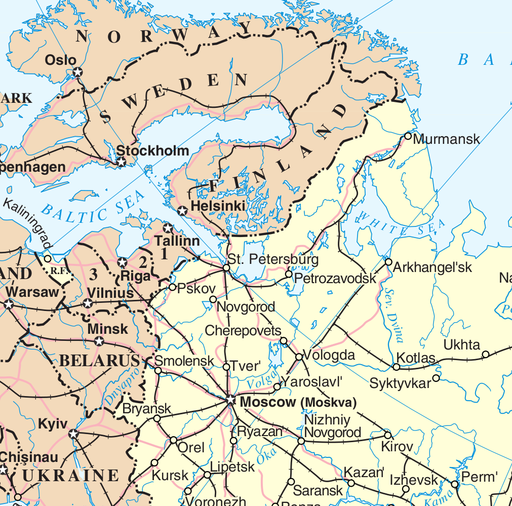
The city’s significance to Russia is also profound; it was the capital and the seat of the czars and has continued to rival Moscow as the most “culturally important” city. Hitler’s plan was to quickly capture it and use it as the base for further operations into Russia.
The Nazi forces encountered substantial resistance and found they could not simply “take” Leningrad. This prompted what has been described as the longest and most devastating siege in history. It lasted 872 days or almost 2.5 years. The aim was to cut off supplies entirely, thereby starving the population out. This fit in nicely with the Nazi concept of Lebensraum and the blockade has been described as genocidal. There were also massive bombardments of the city.
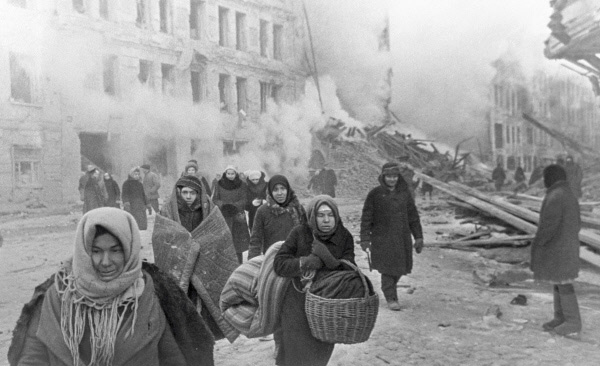
Leningrad’s population at the start of the siege was about 4 million. About 1.4 million were evacuated at different times as part of a continuous military operation carried out by Soviet forces both within and outside the siege area. A small supply line was also established and although it wasn’t adequate, there were regular missions of armed escorts getting some food into the city.
As you can imagine the results were devastating. The civilian death toll estimate is around 1.1-1.3 million(a third of the original population), mostly due to starvation and disease exacerbated by starvation. Because it was unseemly in the Soviet context to say that someone died of starvation, a new diagnosis of “alimentary dystrophy” was coined to describe the symptoms. This diagnosis then began to be used in the Gulags as a way of whitewashing the starvation there (this time where the causes were the Soviet authorities themselves).
At the low point in the siege, people were having 125g of bread a day, bulked up with “sawdust and other inedible admixtures”, if I may commit the crime of quoting from the Wikipedia article. This bread was distributed through ration cards and it was not uncommon to be murdered for said ration cards. There were even 2015 people arrested for cannibalism.
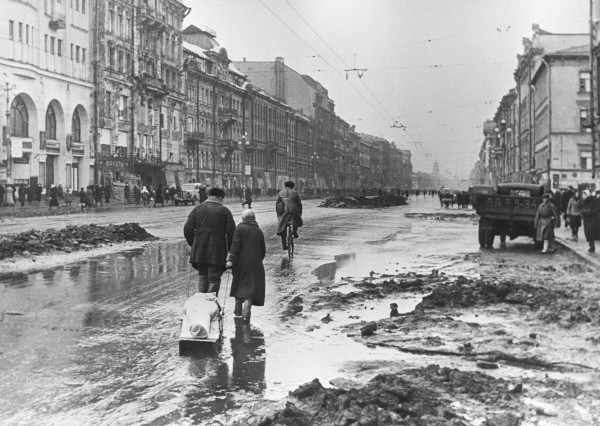
Even during the siege, there was a strong framing of this as an act of defiance and bravery in terms of even ordinary Soviet citizens standing up to Nazism. For example, during the siege, the Symphony No. 7 “Leningrad” by Dmitri Shostakovich was performed and broadcast by the Leningrad Radio Orchestra – and you can’t get better symbolism of the culture of the city persisting even during the blockade.
The second blockade is only slightly better known in the West. This is the Berlin Blockade of 1948-49 that the Soviets imposed on West Berlin. Note that this is just a few years after the Leningrade Blockade. Now, up until recently I thought that the Berlin Wall was just the border between East and West Germany that ran through Berlin. But Berlin is entirely in East Germany, being an enclave in the Soviet-controlled area at the time:
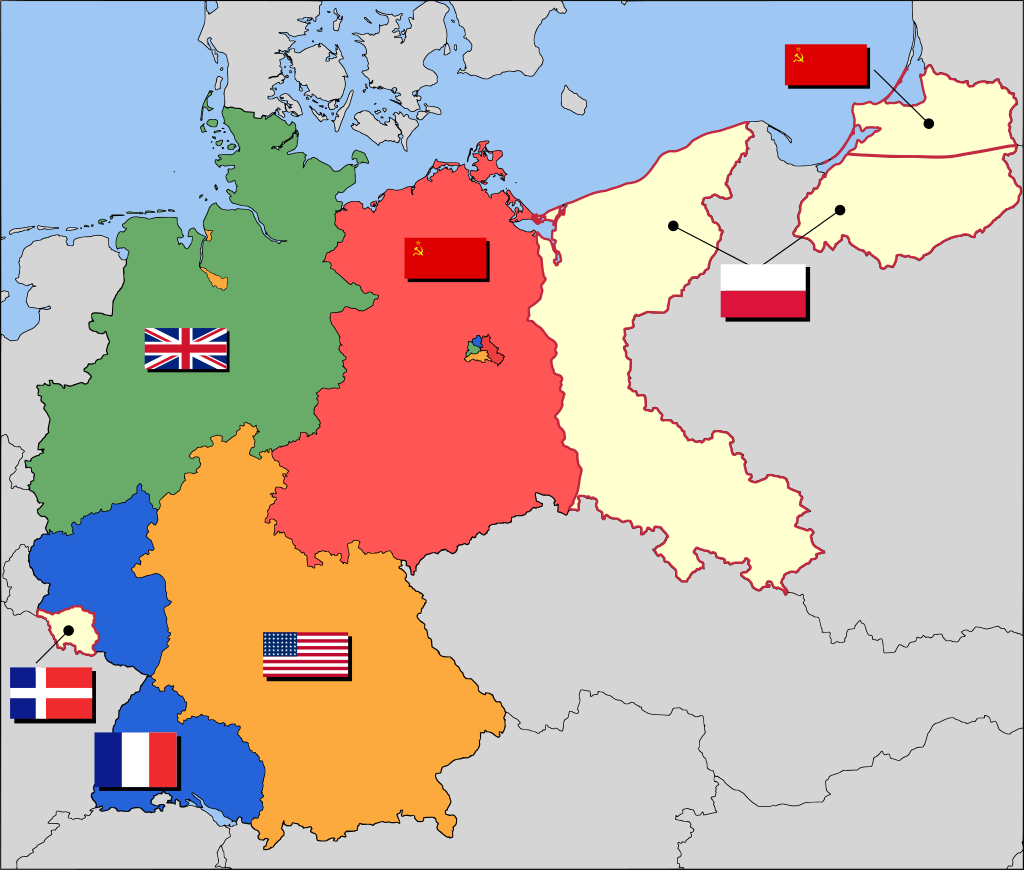
The non-Soviet-controlled parts of Berlin were then supplied by road and rail using routes that would go through the Soviet-controlled parts of Germany. There was no formal agreement to let anything through but it was. Until the Allies introduced the reformed Deutschmark to West Berlin. This was interpreted by Stalin as a unilateral and un-consulted move to secure Western hegemony in Germany, going against previous Potsdam agreement about the occupation of Germany being a joint venture. The USSR stopped letting supply traffic through by rail, road and water, starting the blockade. They also apparently stopped supplying West Berlin with food while later offering for any West Berliner to cross over into the Soviet side and get a Soviet ration card with which they could get food – a move interpreted as political hegemony by the Allies.
Naturally the Allies were outraged. But, they figured that if they flew planes over West Berlin to air-lift food and other supplies, the USSR would not risk an all-out war, especially since the air corridors to Berlin had been formally negotiated. So began possibly the largest air operation in history, another one of those superlatives now forgotten.
For fifteen months, the city lived entirely on supplies airlifted by the Allies. The US and the UK performed most of the flights and delivered 2,326,406 tons in 278,228 flights. That’s about a flight every 4 minutes, round the clock, for 15 months. There were even some interesting stories documented on this episode of Futility Closet about pilots who took some candy to drop on sporting fields for kids (and got specific requests for kids to drop candy over their house).
Since the Allies proved the point that they could keep West Berlin supplied indefinitely, there was little point in the USSR persisting. The blockade ended with negotiations favourable to the West and the USSR lost a substantial PR battle because of the incident.
So why am I juxtaposing these two blockades, other than because they were so massive and are now so unknown? Because I think few juxtapositions underscore the tragedy of human assholishness more than this one. Of course the Soviet blockade of Berlin was nowhere as bad as the Leningrad blockade. Still, the USSR had just suffered one of the worst sieges in history. A city of great population, importance and historical/cultural significance was cut off from supplies, for strategic purposes, leading to an unimaginable level of suffering that continued to affect the country for decades to come. And having felt the full effect, the USSR then decided cut a city of great population, importance and historical/cultural significance from supplies, for strategic purposes. Even though an actual catastrophe was much less likely, that’s mighty ironic.
You might object that I’m personifying the USSR’s policy, that it was directed largely by Stalin and of course he wouldn’t have empathy and so on. But the reality is that any support by the Soviet population for this would not have been unreasonable. They genuinely thought they were justified, that this was a reasonable approach to the West’s underhanded tactics and that this was so different to Leningrad that the comparison is almost offensive. That’s the point – we can always find a way to justify not learning the lesson that others hope we learn.
This is something to take to heart, because it means that nobody is insulated from committing terrible actions – not those who have experienced them directly or those whose are trying to fight against said actions. That’s why it’s not that surprising when an anti-racism activist turns out to be a major racist. Or a major player in certain feminist communities is actually a flaming misogynist (#hewhoshallnotbenamed). Or even when immigrants and asylum seekers live in a country for decades and consider themselves “natives” and start to shit on other immigrants/asylum seekers with the same racist rhetoric they faced (see this old post. Bottom line, don’t trust anyone because on this anyone can be fooled. (And you are the easiest person to fool.)

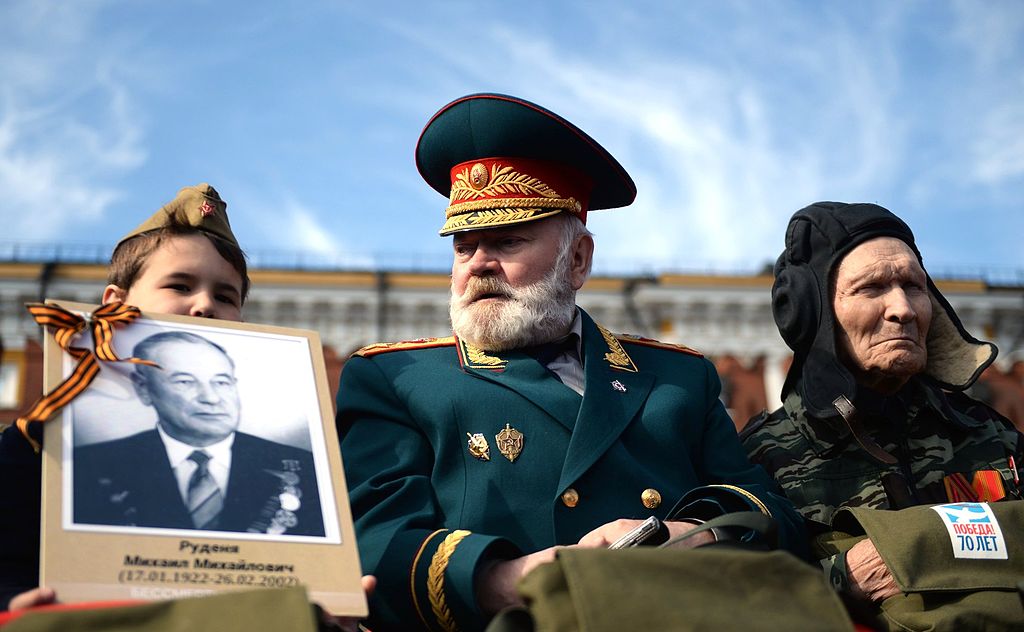
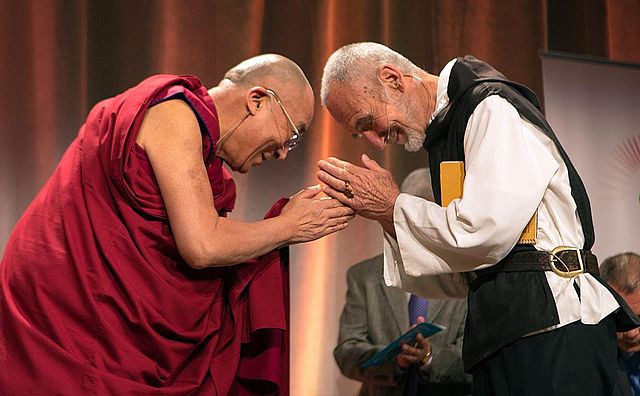
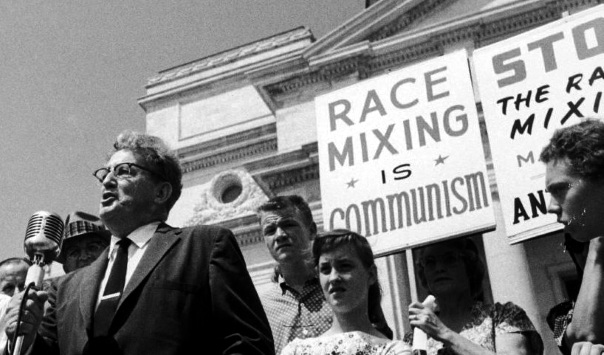

0 Comments